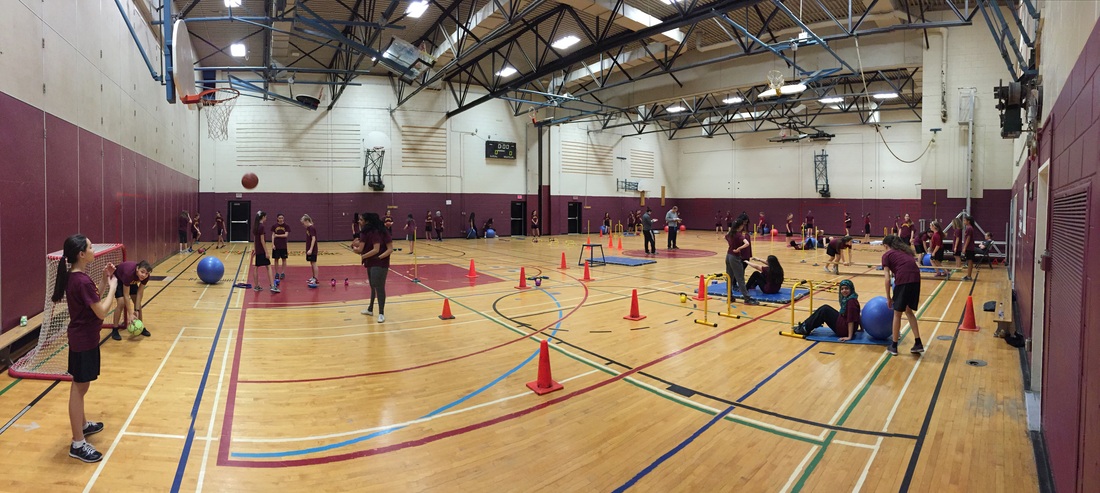
Mandated high school phys-ed policy does not affect overall physical activity levels in youth
WINNIPEG, MB (6 September 2017) ― A new study led by researchers at the Children’s Hospital Research Institute of Manitoba and the University of Manitoba suggests that a mandated physical education (PE) policy in high schools did not improve levels of overall physical activity in youth.
The purpose of the study, published in the International Journal of Behavioral Nutrition and Physical Activity, was to examine the effects of a Manitoba policy requiring increased amounts of PE for grade 11 and 12 students, on overall physical activity levels in youth. This was accomplished by comparing results in Manitoba with the provinces of Alberta and Prince Edward Island, where no high school PE policy exists.
In 2008, the province of Manitoba was the first in the country to enact a policy bumping compulsory PE credits up from two to four as part of high school graduation requirements. This translates into 30 minutes per day of moderate to vigorous physical activity (MVPA). The policy was implemented after evidence demonstrated that 93% of Canadian youth aged 6 to 19 do not achieve the recommended 60 minutes per day of MVPA.
Because youth in this critical age range spend so much of their time at school, and they list time and resources as primary obstacles in achieving physical activity goals, researchers expected that the Manitoba PE policy would improve levels of overall physical activity and increase the numbers of youth reaching their MVPA targets. However, the study results suggest that the policy had no effect on overall physical activity.
“The implementation of a mandatory PE policy in schools seems like a great idea, but there has been little done to determine its efficacy in actually increasing physical activity levels and overall health in youth,” said Dr. Jon McGavock, research scientist at the Children’s Hospital Research Institute of Manitoba and associate professor in the Department of Pediatrics, Rady Faculty of Health Sciences, at the University of Manitoba. McGavock is also an affiliate of the HLHPRI (Health, Leisure & Human Performance Research Institute) at the U of M.
“It is possible that the amount of MVPA mandated in the policy is simply insufficient. We found that the majority of students achieve 30 minutes per day of MVPA regardless of exposure to the PE policy, but very few achieve the recommended 60 minutes,” he added. “We might see better results if the mandated amount was 60 minutes, instead of just 30.”
McGavock noted that limitations such as nonrandomized research design and lack of data assessing the extent of policy implementation across schools also need to be taken into consideration.
Low levels of physical activity are associated with an increased risk for more than 25 chronic conditions including obesity, certain cancers and cardiovascular disease. Despite these negative consequences, evidence suggests that the majority of youth worldwide receive inadequate levels of physical activity, with declines in physical activity of up to 85% by 15 years.
The Children’s Hospital Research Institute of Manitoba was established in 2001. CHRIM is the research division of the Children’s Hospital Foundation of Manitoba. At the Institute, more than 270 world-class pediatric medical researchers, technical staff, students and support staff are involved in over $10 million of research and clinical trial activity each year.







Where can I access this study
Mandated high school phys-ed policy does not affect overall physical activity levels in youth